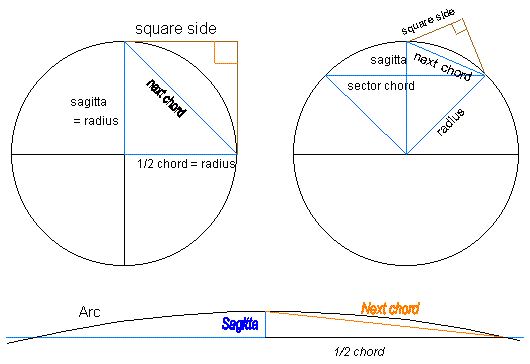Chan Eil Whiskers
Fumbling about.
If bevel is already set on flat hones, is it necessary to reset bevel on convex? Or will results be similar finishing on convex?
What about taking previously finished edge, then just refinishing on convex?
I've discussed this with Jarrod.
He gave me a huge, long, detailed, deep, but not entirely clear to me answer, so I emailed him again.
I've now had a chance to read your long email response several times and to ponder it. Very good stuff I think, but I'm not 100% sure I entirely understand the answer to my questions.
If I understand correctly you're saying one can hone on the Ark finishing stones a stone previously honed from bevel setting on a flat stone.
You're also saying that it might be better (would be better?) to set the bevel on the soft convexed Ark before finishing on the hard Ark finishing stones.
Is my understanding correct?
This was Jarrod's response.
To summarize the prior communication as briefly as I can in one sentence, one can always refine flat upon convex but never the latter, one can go from flat to convex because the convex stone causes modern hollow ground razors to flex at their bevel plane to meet the stone shape, and it is better to set on convex if you've the time but not remotely a necessity.
I'm glad to have both sides of the Double Convex Ark as it is better to set the bevel on the convex.
When I'm honing on the DCA a razor with either of these
- a good bevel off a flat stone
- or a good bevel and a good and finished edge, off a flat stone
When I'm touching up an edge previously finished on a DCA I may go back to the soft side of the DCA (if it seems like a good idea) or I may just work with the hard side of the DCA (if I think the edge needs less work.
The soft side of the DCA is definitely a bevel setter. However, for removing chips I use a faster stone, the Chosera 1K and then both sides of the DCA. The soft side of the DCA can be used with pressure or used very lightly.
Just to be clear, I'm no expert on this, but I've been using the DCA a pretty good bit since I got it, and also discussing various aspects of its use with other users of the stone, including Jarrod.
Happy shaves,
Jim
